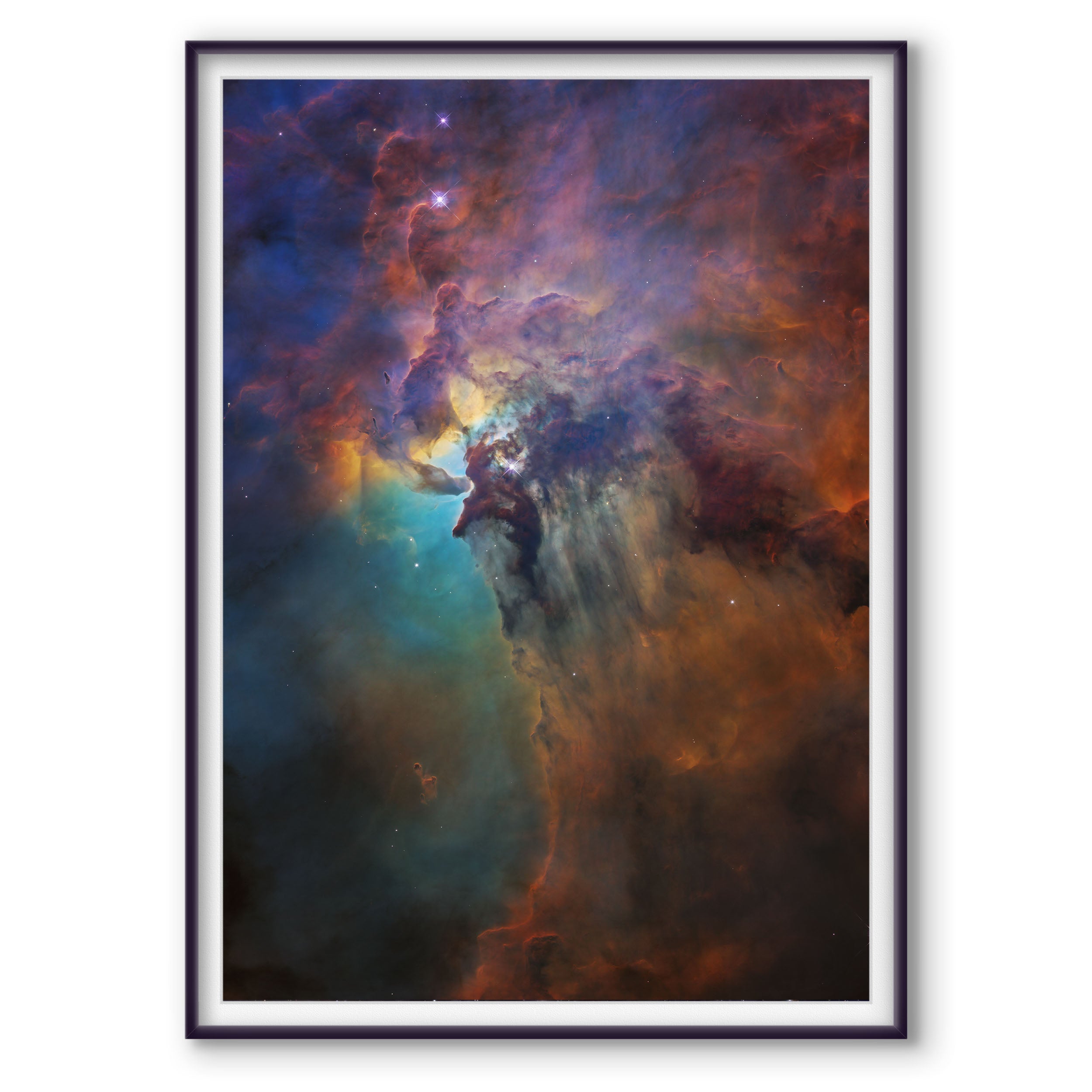The Lagoon Nebula, located about 4,000 light-years away from Earth, is a fascinating and stunning astronomical object that has captured the attention of astronomers and stargazers for centuries. Recently, to celebrate its 28th anniversary in space, the NASA/ESA Hubble Space Telescope captured a breathtaking image of the Lagoon Nebula that showcases its vibrant colors and intricate details.
This beautiful image reveals only a small part of the entire Lagoon Nebula, which is an enormous star-forming region that spans over 55 light-years in width and 20 light-years in height. The image captured by Hubble shows a section of the nebula that is about four light-years in diameter, featuring a complex network of gas and dust clouds that are illuminated by young, hot stars.
The Lagoon Nebula was first discovered and cataloged by the Italian astronomer Giovanni Battista Hodierna in 1654. Since then, it has been studied and photographed by numerous telescopes and astronomers all over the world. However, the Hubble Space Telescope's observation of the nebula stands out due to its high resolution and vivid colors that provide an unprecedented view of the object.
The observations of the Lagoon Nebula were made by Hubble's Wide Field Camera 3 between February 12th and 18th in 2018. The image reveals the intricate details of the nebula's gas and dust clouds, including the dark lanes and bright regions where stars are currently forming.
Overall, the Hubble Space Telescope's image of the Lagoon Nebula is not only a stunning visual display but also an important scientific resource that provides astronomers with valuable information about star formation and the complex interplay between gas, dust, and young stars in the universe.
Image credits: NASA, ESA, STScI


























